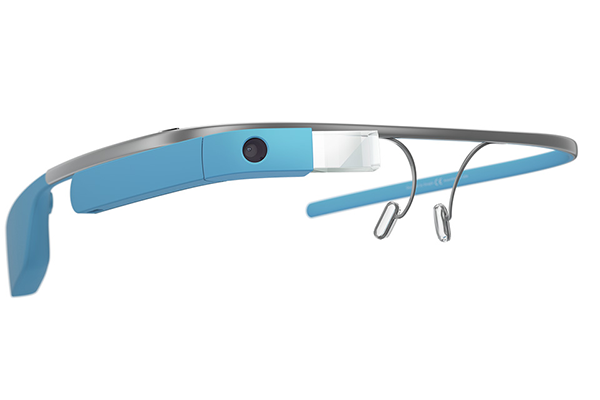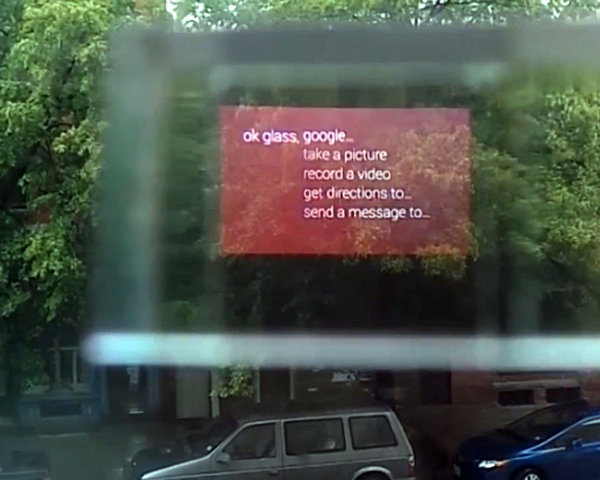
One of the exciting things about working for LITS Student Services is witnessing the interest students have in technology. They revere it. And of course, we do too.
Last week, we were invited to one of the monthly Digital Librarian Initiative (DLI) meetings to discuss some of the research Student Services is doing in relation to technology. After learning a bit about the DLI, the group was keen to see and hear what technologies we have been researching and testing.
Using Google Glass as an information extension is fascinating to me. The device syncs with your smartphone, giving you the messages from your notification bar, right in front of your eye. You can translate a sentence, record a video, take a picture by winking, and send that data back out, all while leaving your phone still tucked away in your pocket.
But how does it benefit the students? I never gave it much thought until a student showed up with a Google Glass headset on his head at Student Technology Support office hoping to get it connected to EmoryUnplugged. As we figured that bit out, I asked what he planned to use it for. “Not sure yet. I just got it,” he said.

Still, that got us thinking about where this can be useful inside the college. We talked about the great ways in which students help each other, such as posting videos showing how to solve math and programming problems. YouTube is great for that, as most of us have used the service to watch a tutorial or ten. How about recording or streaming what you’re seeing, exactly as you’re looking at it, for the benefit of others? That has so many uses, I’ll let your imagination list those out.
What about augmented reality? For the unfamiliar, augmented reality (AR) is a mix of real world views and relevant surrounding data projected from a computer onto a screen. Imagine visiting campus for the first time and trying to find a building or specific location. You pull out your phone and look at a map. What if that map were imposed on what you’re seeing? Imagine looking around and seeing your destination plotted on your non-disruptive screen in front of your eye. Sounds amazing, and it’s almost here. Using the GPS and compass information from your phone, the overhead and street view versions are already helpful.
After providing the DLI group with these same possible scenarios, you can see why this group was formed. These types of technologies can tremendously benefit many areas of the college, and I think they were just as excited about the prospects as the students.

Leave a Reply